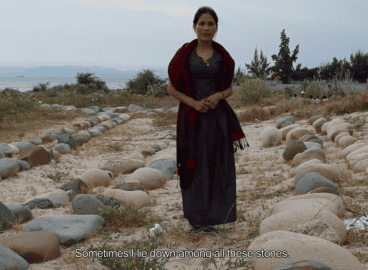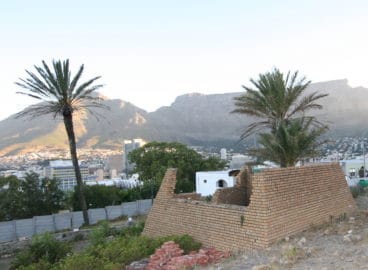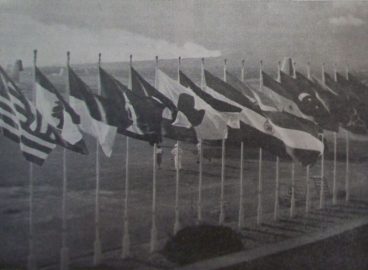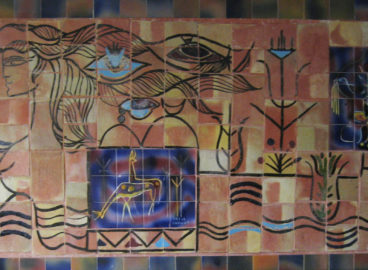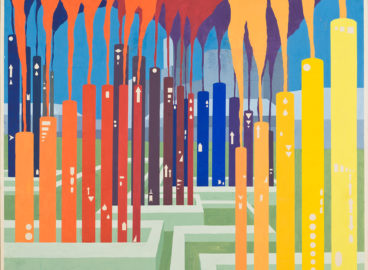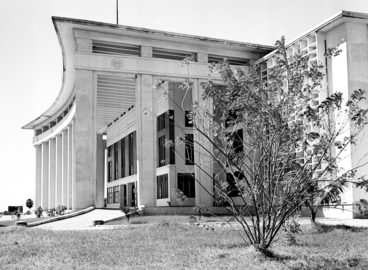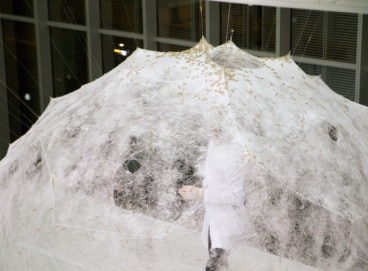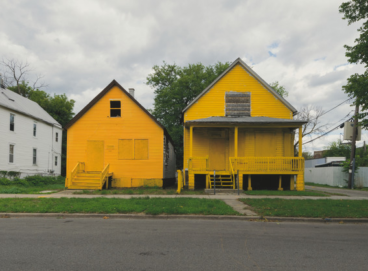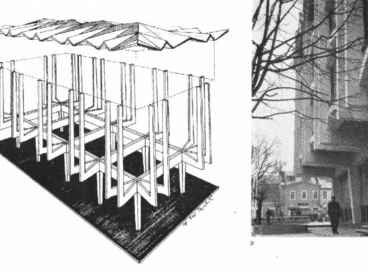An Overlooked Mentor & Innovator: Marta Staņa
This essay examines the practice of architecture and the roles assigned to female architects in Latvia in the 1950s to the early 1990s through the life and work of Latvian architect Marta Staņa. My initial encounter with Marta Staņa (1913–1972) and her work in architecture occurred in 2002 when, as a young architecture journalist, I…

